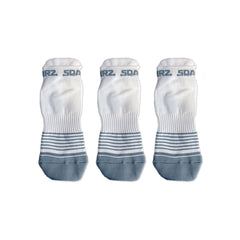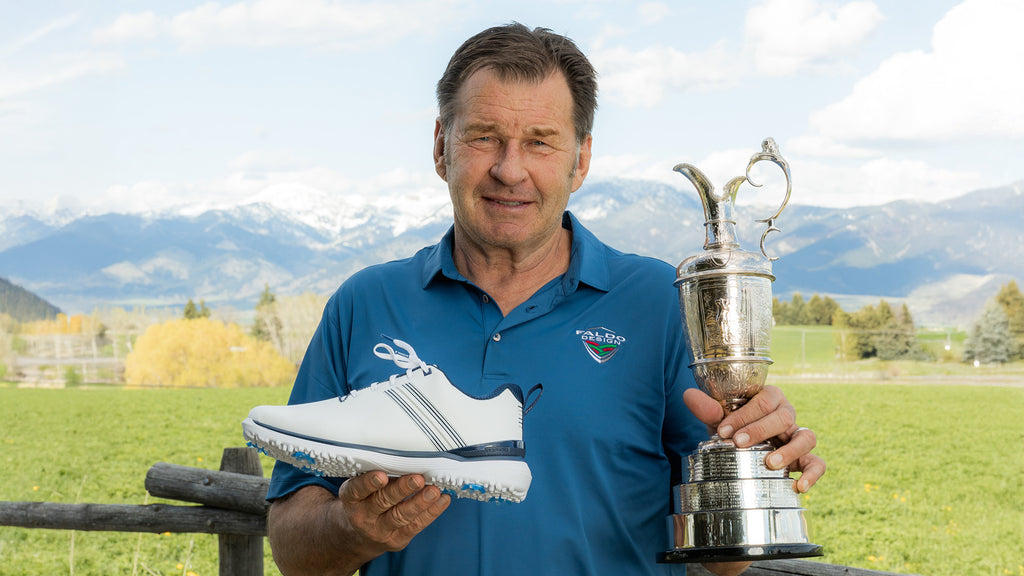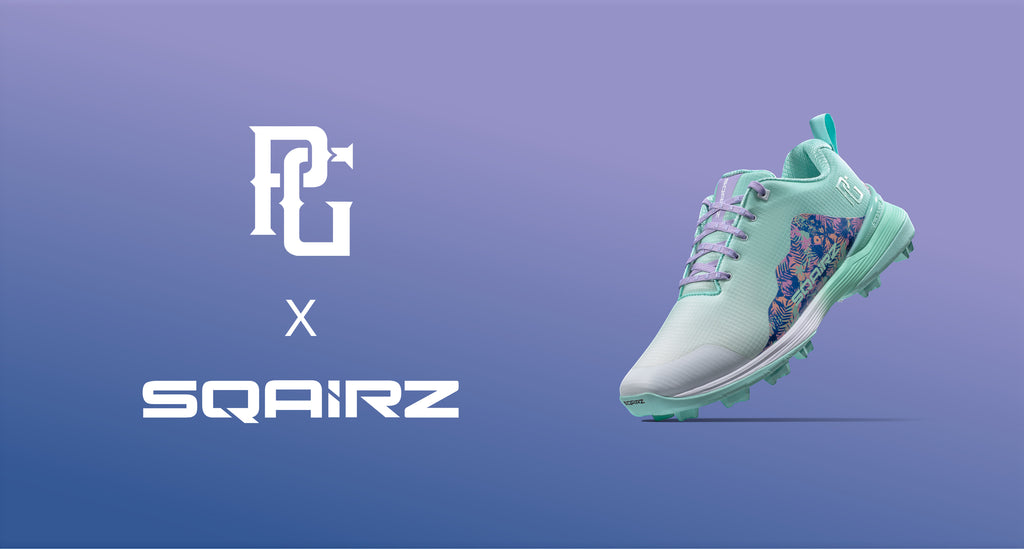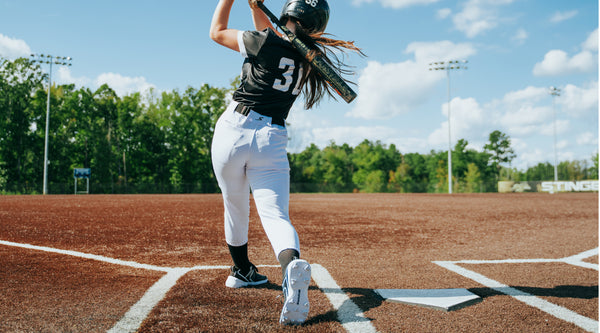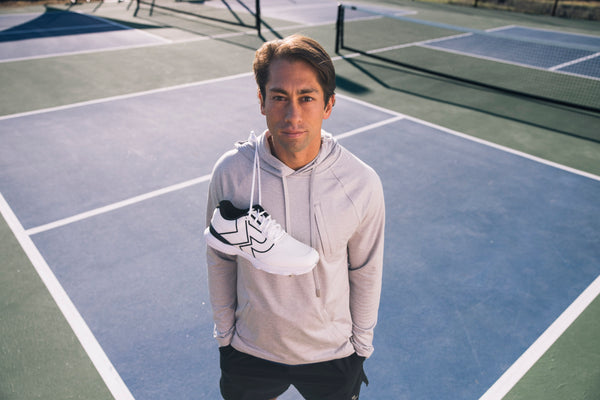Originally published on February 13, 2024 by Chad Miller, Heather Keepers, and Allen Thomas.
Overview
The study of pitcher’s biomechanical foot profile is an emerging space in the baseball market. Coaches are striving to help players achieve optimal throwing velocity numbers and teaching new techniques to achieve the desired results. However, many players struggle to establish a consistent balance point in their center of rotational axis which leads to a lack of stability and initial balance. This leaves the players chasing their CORA throughout their delivery and will ultimately lead to either sacrificing mechanics to be on time at the release point or they will simply be late and miss their desired target. In either scenario players can be put in compromised positions and the rate of elbow and shoulder injuries tend to increase.
The important point to realize is that these negative results are very easy to prevent and resolve. Many coaches are learning and teaching a technique that is called hinging. Hinging occurs when the player is trying to load the glute muscle group to generate recoil from the ground and store the energy in the Gluteus Maximus. The main issue with this teaching cue is that if the player has a Varus throwing side foot profile and they go into the sit position of the delivery that the first metatarsal will be elevated at the hip hinge due to the anterior tibialis tendon engaging as the weight distribution changes through the kinetic movement pattern of the act of the “Hinge” This will result in the player losing posture and they will then have to reestablish a balance point. Unfortunately, now in the delivery the pitcher is going to start his/ her positive move down the mound and towards the target.
At the time of landing of the front foot and due in part to the throwing side knee often drifting out over the pinky toe the player will lose the proper kinematic sequence and their shoulder rotation will jump forward in the sequence. This will result in the front side top half to get very extended and slow the rotational velocities. At this point the player will often use the head as a counterbalance due to the throwing arm dragging behind. This will result in the fulcrum point of the throwing arm to become the elbow. If the throwing side of the torso has contracted due to the lack of balance the fingers on the ball will slide under the ball and increasing the tension and force at the fulcrum point which is directly at the ulnar humeral joint (Elbow) and the Ulnar Collateral Ligament.
As pitchers throw over time in this condition players will suffer inflammation, tearing, and potential Ulnar Nerve Entrapments. All these issues can be not only fixed, but most importantly prevented.
Prevention
The simplest way of preventing the situation above is to teach the player get into a neutral position with their throwing side foot in the “Sit” position of their delivery. The neutral position of the foot is described as the First Metatarsal Head, Fifth Metatarsal Head, and Calcaneus is in contact with the ground at the same time. If the foot is evenly balanced, then each of these three points has even weight distribution. This will result in the player being able to create recoil into the ground and be able to produce the optimal amount of kinetic energy into the gluteus group of muscles. Ideally the player can store that energy in their Gluteus Maximus and then send that energy efficiently up the Kinetic Chain. When the player can do this efficiently, they will see their ability to create force optimized because they can accelerate and generate a tremendous amount of rotational velocity. The other by product of establishing balance is that the player can consistently keep their fingers behind the ball to maintain mass and a connection point for energy transfer.
Points of Correction
-
Initial Biomechanical Foot Profile Screening – Explain and coach the player on the importance of a neutral foot to enhance athletic performance through establishing a stack (Knee over Ankle, Hip over Knee, and Shoulder over Hip).
-
Establish a stable Center of Rotational Axis (Chin over Belly Button).
-
Educate the player on the importance of keeping a compact and athletic top half to improve on rotational velocities.
-
Explain the importance of being on time at release to reduce Ulnar Collateral Ligament load and strain.
-
Implement rotational power and speed training to make the players movement patterns more efficient.
Summary
Ulnar Collateral Ligament and Nerve issues can be dramatically reduced by proper balance and stability training. The process of injury prevention and maintenance starts by proper screening prior to throwing programs. Additional corrections can be made in the weight room and training room and not necessarily in the pitching lab. Further research will be conducted to confirm the theories discussed in this paper.
For more information please contact:
Chad Miller M.A.
(502)407-1434
ChadMiller7@icloud.com

